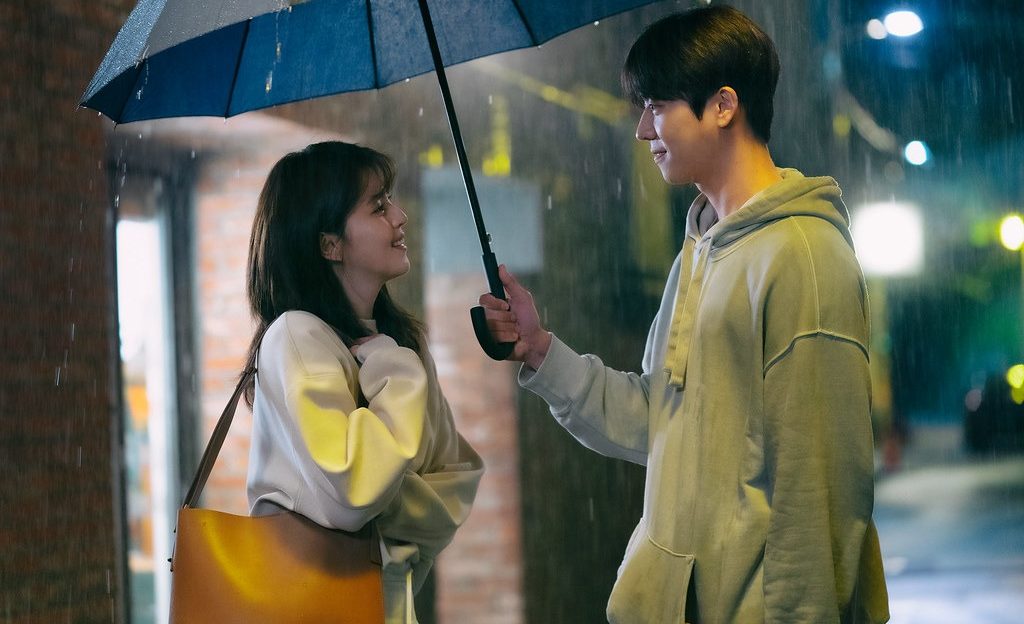K-Drama Craze: More than just Squid Game
With season two of the international hit Squid Game coming out on December 26, you might be curious as to the global success of the Korean entertainment industry. Why is there such a demand for East Asian television and how did the country become one of the biggest competitors in the industry?
Following the original Korean wave (coined the ‘Hallyu wave’ by native speakers) the distribution of the broadcast licenses for K-dramas has only increased along with demand for and consumption of Korean popular culture in the last decade. If your first foray into the genre was the aforementioned Squid Game, you might be at a bit of a loss as to this sudden interest. Why do we have a sudden awareness of Korean barbeque and a need to try the fermented cabbage side dish that accompanies it?
Handsome protagonists, various shenanigans and an angsty third-act conflict
The most prominent factor is the female-centred economic boom, associated with the hundreds of romantic television programmes produced out of the country. There is no doubt about the level of power female fandom holds in any major television following. A brilliant example is the online adoration for the heartwarming romcoms that act as a foundation of the industry. Shows like Descendants of the Sun, Boys over Flowers and Weightlifting Fairy Kim Bok-Joo have become staples of the genre and are cited as cult classics. These shows follow a similar format: a run time of 16 hour-long episodes that takes us on the quest for ‘one true love’, featuring handsome protagonists, various shenanigans and an angsty third-act conflict around episode 14.
Whilst this may seem tedious on paper, the level of focus given to character development, writing and the aesthetics of these shows, however clichéd, offers a perfect escape from the normative and tired tropes of regional Western TV. Furthermore, the demands of a majority-female audience are rejecting traditional ideals of masculinity and producing media that portrays more appealing, romantic and reserved male leads.
On that point, a lack of overt physical expressions of intimacy as a stand-in for romantic affection is another notable feature of these romances. In the typical love story Western romances have accustomed us to, Character A notices Character B falls in love/lust and pursues a romantic relationship to consummate and legitimise said feeling.
K-dramas are forced to omit such narrative focus and in doing so develop a slow burn intimacy
In contrast, whilst working around the strict broadcast censorship for general production, K-dramas are forced to omit such narrative focus and in doing so develop a slow burn intimacy that naturally forgoes what audiences are coining ‘Adult-Scene Fatigue’. Instead, Character A is thrown into proximity with Character B and comes to understand them as a person for 10 episodes whilst making loving eye contact. They face several trials until finally sharing a kiss in episode 16. As the success of the second season of Bridgerton made clear, prolonged tension is the secret to good romance.
That’s not to say that romantic escapades are all the Korean television landscape has to offer. The specialised programmes that are exported out of the country also act as a site of cultural exchange with viewers. The term Sageuk refers to any drama that is either based on historical figures, uses a historical backdrop or incorporates any historical events. These typically have a longer run time than the dramas mentioned above, and often indulge in more formal ancient dialogue and classical costumes to immerse the viewers.
This brings me to my two personal favourite K-dramas: D.P. and Move to Heaven, both of which came out in 2021.
The claustrophobic realities and devastation you feel for these characters is lightened slightly with a true-to-life dry Korean humour
Since 1957, military conscription has been compulsory for male citizens between the ages of 18 and 35. The show D.P. (which stands for Deserter Pursuit) follows a young private An Jun-Ho, assigned to capture army deserters. An anthology series, each new episode introduces new characters and reveals the painful realities endured by enlistees during their compulsory calls of duty. We follow downtrodden characters experiencing hierarchal seniority harassment and follow this action-packed series as it delves into the almost psychological horrors our recruits face.
The use of lighting and sound in this show is incredible. Although it is a heavy watch (I could only get through one episode before taking a break to resume) the claustrophobic realities and devastation you feel for these characters is lightened slightly with a true-to-life dry Korean humour that is particularly suited to British taste yet that does not cheapen the shows serious subject.
For another tearjerker look no further than my second pick; Move to Heaven. Based on the real-life profession of trauma-cleaning, this show follows a young man with Asperger’s syndrome and his uncle, as they clear out the possessions of the recently deceased. Once again in an following an anthology format, the show sees the two uncover the stories the deceased left behind and relate them to their loved ones.
From the very beginning this tale about grief and found family only emphasises the importance of living life to its fullest potential. Personally, the most affecting episode is number five, in which we come across the death of a young doctor who, despite being accomplished in every sense, has apparently fallen short of his parents’ unrealistic expectations. We can only watch as our hearts break, alongside that of protagonist Geu-ru, for all the unrealised possibilities for each of our episodic characters.
From formulaic and attention-driven romances to intricate analyses of an unfamiliar culture both past and present, K-dramas are developing at an unparalleled level. I hope I have given you the push you needed to delve into the vast library of brilliant television coming out of Korea, and to see why so many people, including me, love these shows.

Comments (2)
truly stunning article
this is so insightful!